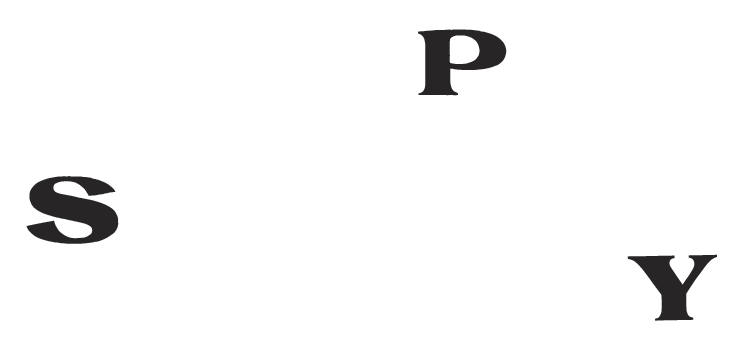Daniel Healey: (tape ends)
june 20 - July 27, 2025
Daniel Healey was born in the East Bay of Northern California and has lived and worked in Los Angeles since 2017. His work has been exhibited nationally and internationally at venues including The Drawing Center (New York), Artspace (Sydney), the Schick Art Gallery at Skidmore College (New York), McLoughlin Gallery (San Francisco), and SPY Projects (Los Angeles), among others.
SPY Projects is pleased to present tape ends, a solo exhibition of new work by Daniel Healey, on view from June 20 to July 27, 2025. An opening reception will take place on Friday, June 20, from 6 to 9 PM. This marks Healey’s second solo show with the gallery.
In tape ends, Healey continues to refine his signature tape transfer technique, using Scotch tape to lift ink from printed advertisements and transfer it onto canvas. Each piece of tape removes a sliver of color—typically from home décor catalogues or similar sources—creating a distinctive, rectangular mark. The works are composed entirely from this process, with no added pigment. As a result, Healey’s palette is determined by the colors available in commercial print media, particularly those found in product backdrops.
Unlike earlier works, which occasionally referenced their sources through faint imagery—such as glimpses of lamps or furniture—these new paintings are fully abstract. They present as atmospheric color fields, structured by the fine grid of overlapping tape segments and the layered texture of the ink transfers.
The process is both improvisational and exacting. Because each tape fragment can only be used once, the act of collecting color is inseparable from the act of composing the painting. Healey transforms familiar, disposable imagery into meditative, hand-built surfaces, shaped through repetition, selection, and constraint.
In this series, he draws specifically from printed images of daytime skies—those idealized backdrops often used in advertising to evoke calm, openness, or aspiration. Reconstructed on canvas, they become rhythmic fields of tone and surface, subtly animated by the geometry of the tape.
WORKS

Daniel Healey 23.1339* N 82.3586* W Havana 84* Thunderstorm H:84* L:77* 2025 ink transfer, tape, paper and canvas 18 x 18 in. 45.72 × 45.72 cm

Daniel Healey 36.5103* N 4.8853* N Marbella 68* Windy H:79* L:65* 2025 ink transfer, tape, paper and canvas 20 x 20 in. 50.8 × 50.8 cm

Daniel Healey 37.9094* N 122.6864* W Bolinas 55* Haze H:68* L:51* 2025 ink transfer, tape, paper and canvas 36 x 36 in. 91.44 × 91.44 cm

Daniel Healey 40.5532* N 14.2222*E Capri 70* Clear H:76* L69* 2025 ink transfer, tape, paper and canvas 40 x 40 in. 101.6 x 101.6 cm

Daniel Healey 34.0549* N 118.2426* W Los Angeles 66* Partly Sunny H:73* L:60* 2025 ink transfer, tape, paper and canvas 66 x60 in. 167.64 x 152.4 cm

Daniel Healey 8.5069* S 115.2625* E Ubud 81* Rain H:81* L:74* 2025 ink transfer, tape, paper and canvas 20 x 60 in. 50.8 x 152.4 cm

